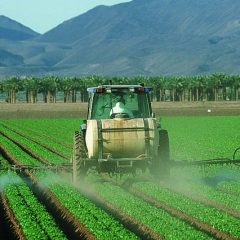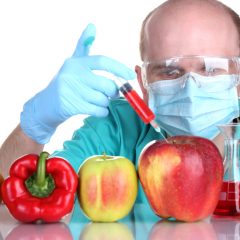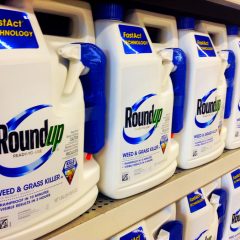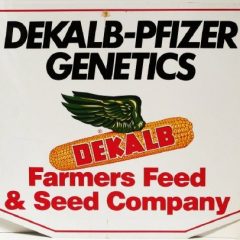Search results for “cotton”:
This study reports some remarkable numbers quantifying the economic impact of exposures to endocrine disrupting chemicals. Pesticides cause the second largest impact — some $44 billion — right behind flame retardants. While worrisome enough, the huge increases now occurring in herbicide, insecticide, and fungicide use on farms growing the three major genetically engineered (GE, or GMO) crops (corn, soybeans, cotton) is bound to markedly increase exposures, reproductive problems, birth defects, and a host of life-long health problems. Hopefully sooner rather than later, the agricultural commodity groups and farmers will rediscover prevention-based Integrated Pest Management (IPM) and start to reduce their…
Read More, References, Comment »
Click here to view additional related posts Impacts on Herbicide Use Impacts on Insecticide Use Net Impacts of GE Crop Technology 2012 Environmental Sciences Europe Paper Glyphosate Use 2,4-D and Dicamba Herbicide Timelines Dynamic Presentations Pesticide use encompasses the applications of herbicides, insecticides, fungicides, soil fumigants, and several other types of pesticides targeting other organisms. […]
Click here to view additional related posts Introduction and Ag Biotech 101 Herbicide Resistant Crops Weed Resistance Bt Transgenic Crops Resistant Insects Health Risks and Safety Assessments Regulation of GE Crop Technology Marketing, Economics, and Public Relations Patent and Intellectual Property Issues Labeling Yields Key Historical Documents Donald Duvick Arpad Pusztai Other Introduction and Ag Biotech 101 From the […]
Historic posts are reprinted verbatim from their original source. Arpad Pusztai, Ph.D., June 2001 Scarcity of safety tests How can the public make informed decisions about GM foods when there is so little information about its safety? The lack of data is due to a number of reasons, including: It’s more difficult to evaluate the safety […]
Read More, References, Comment »
Historic posts are reprinted verbatim from their original source. Source: Editorial Desk, The New York Times, February 19, 2003 One of the most pervasive chemicals in modern agriculture is a herbicide called glyphosate, which is better known by its trade name, Roundup. When it was first introduced in 1974, by Monsanto, no one could have predicted […]
Read More, References, Comment »
Historic posts are reprinted verbatim from their original source. Source: Industry News, ISB Newsletter, June, 1998 It seems to get harder and harder to write about the business side of agricultural biotechnology without discussing Monsanto in one way or another. This month is no exception. In fact, in a flurry of recent activity, Monsanto has further strengthened […]
Read More, References, Comment »
Historic posts are reprinted verbatim from their original source. Source: Marcia Barinaga, March 3, 2000, Science, Volume 287, Number 5458, pp. 1584 – 1585 A conference last month asked whether the “Asilomar process” could help to resolve today’s biotech controversies PACIFIC GROVE, CALIFORNIA–The Asilomar conference on recombinant DNA was the Woodstock of molecular biology: a defining […]
Read More, References, Comment »





